7.26 添加
太经典了,《几何原本》处于什么年代?这也好意思拿来碰瓷?脸都不要了?
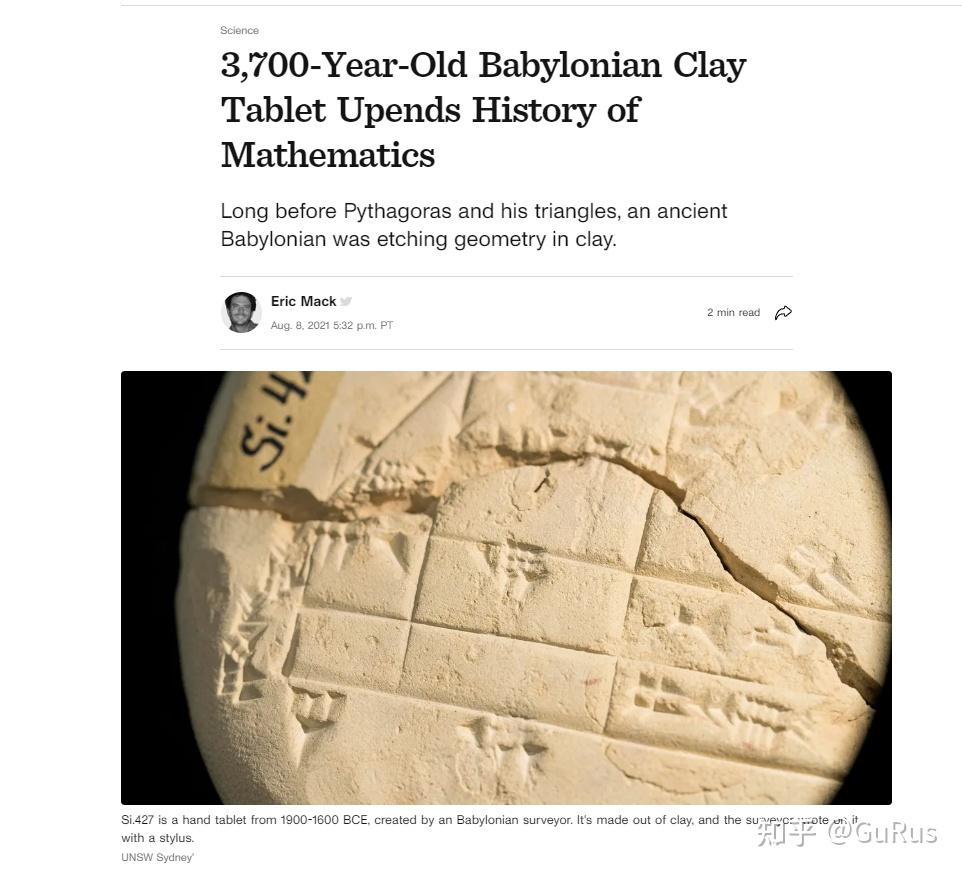
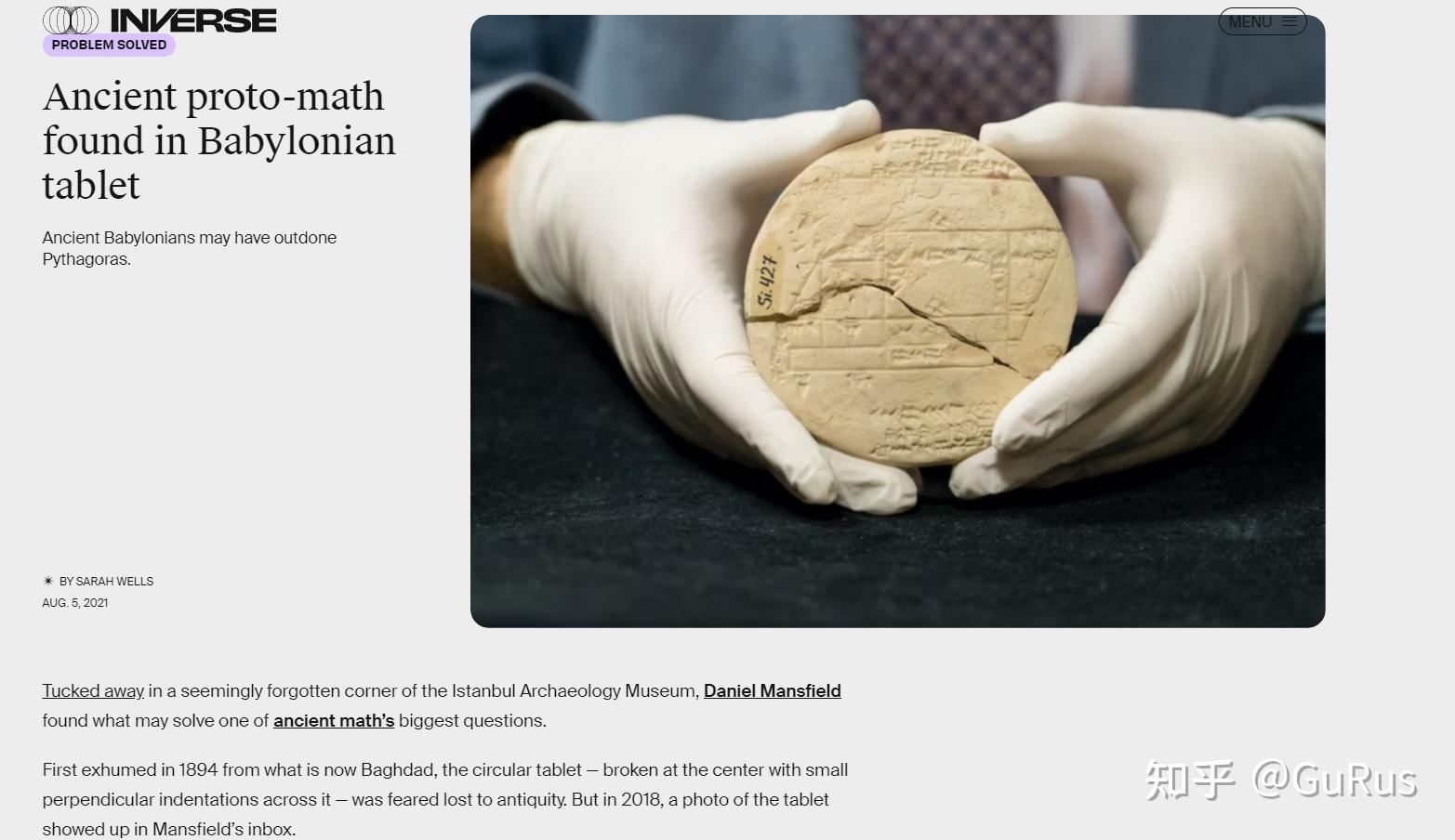
公元前1700年前后,当别人用几何学测量土地,解决土地纠纷的时候,
《几何原本》也好,其收录的毕达哥拉斯定理(所谓的:勾股定理)也罢,连蝌蚪状都不是。比什么?真是好意思。
——————————————————————————————————————
留下古代成语?文化圈都不在一个频道,留什么成语?难道别人跟中国传统文化一个频道不成?
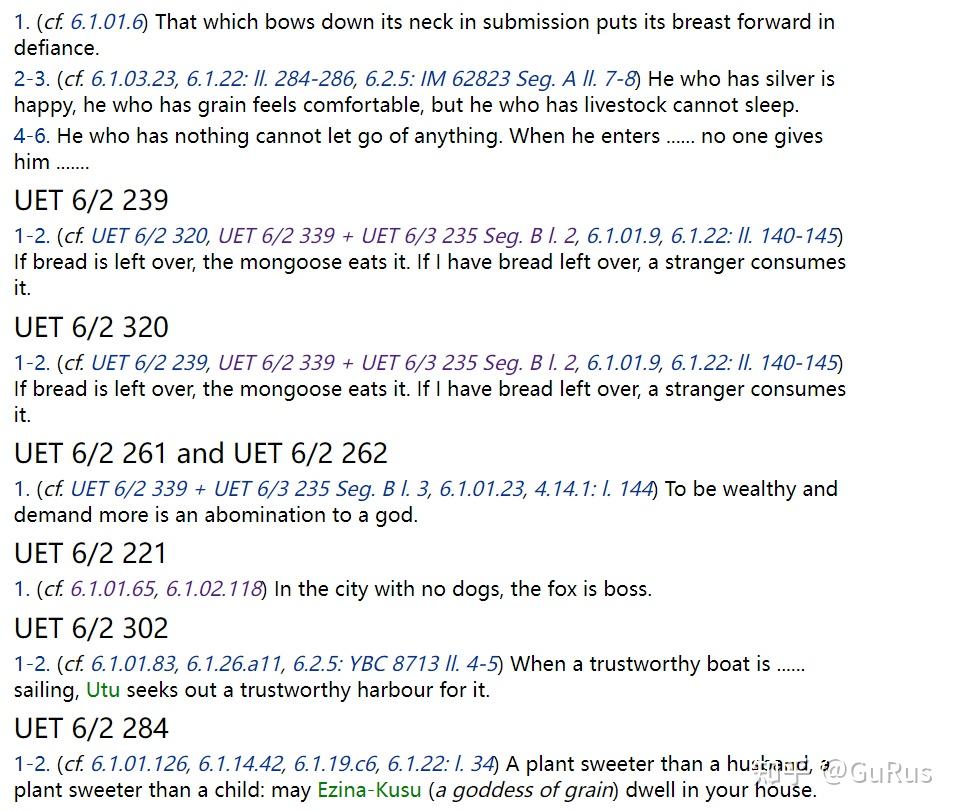
“在没有狗的城市里,狐狸将成为老大”————别人有自己文化圈的谚语,谢谢。
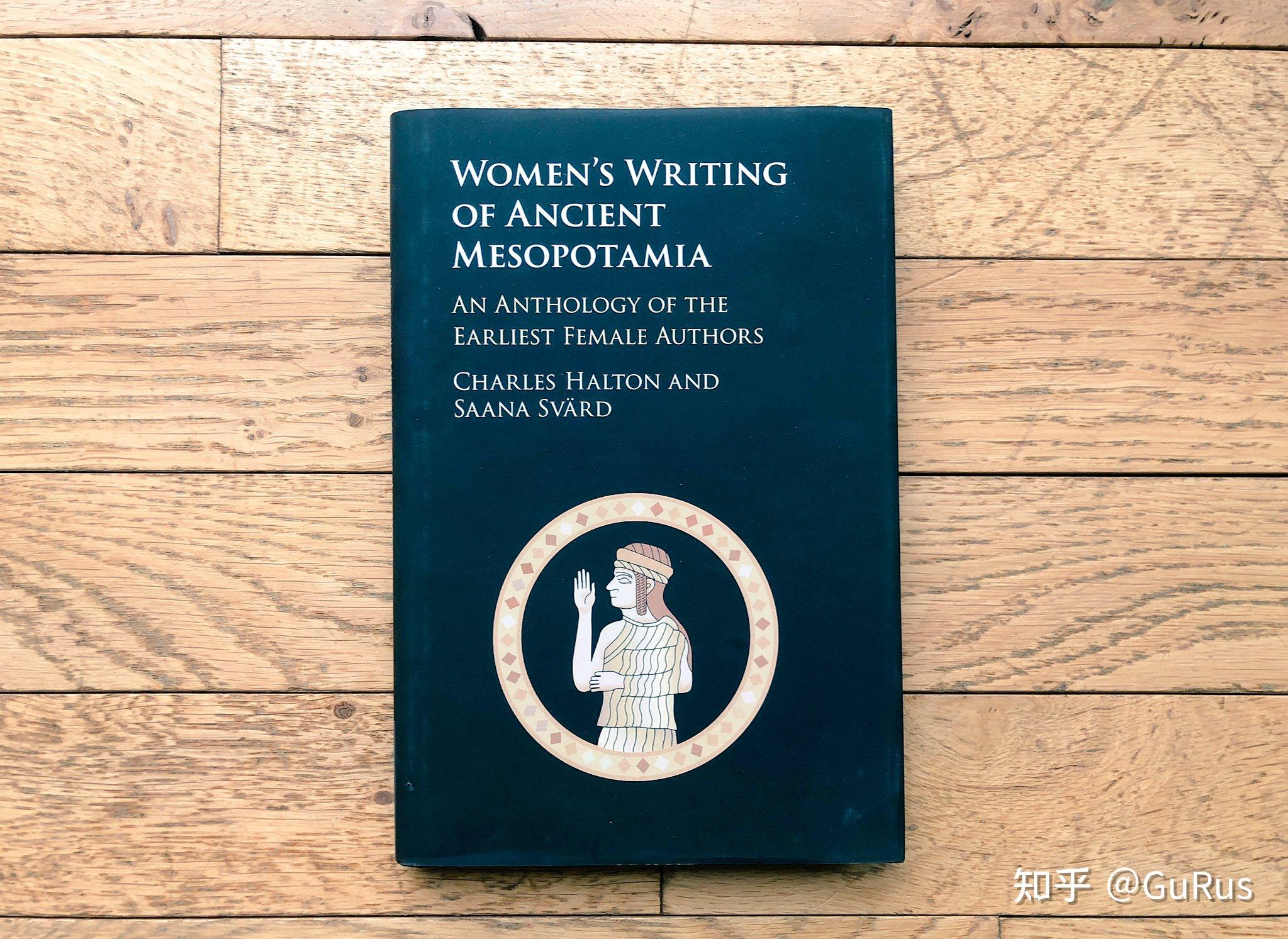
《Women's Writing of Ancient Mesopotamia: An Anthology of the Earliest Female Authors》
两河流域女作家,以及她们留下手笔的文本都有。
不知道等于不存在?
————————————————————————————————
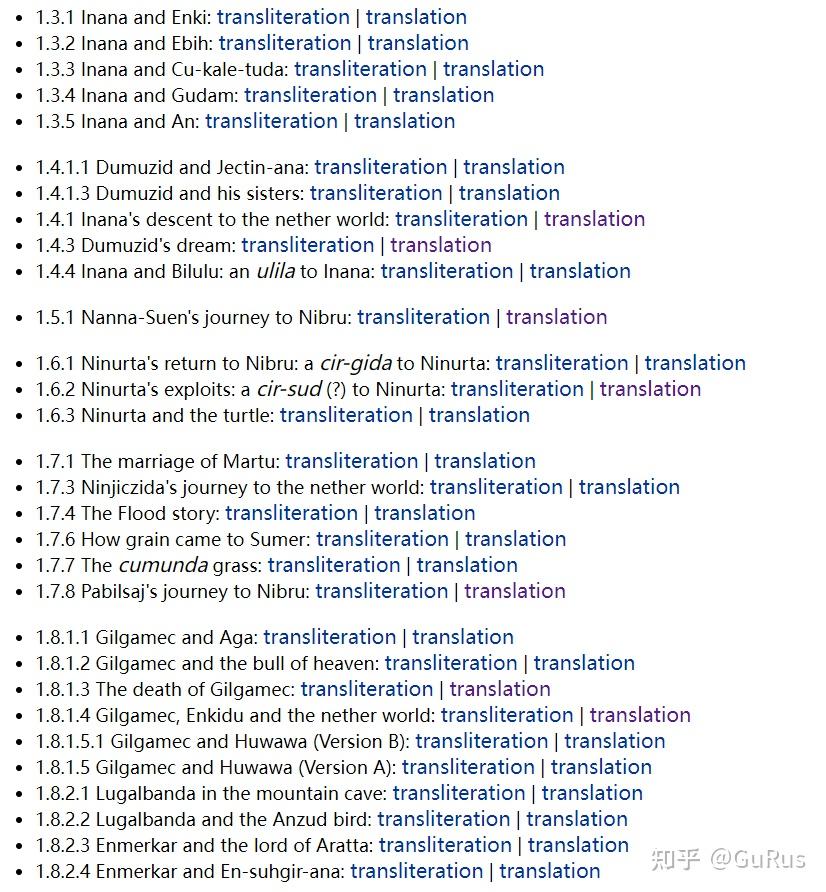
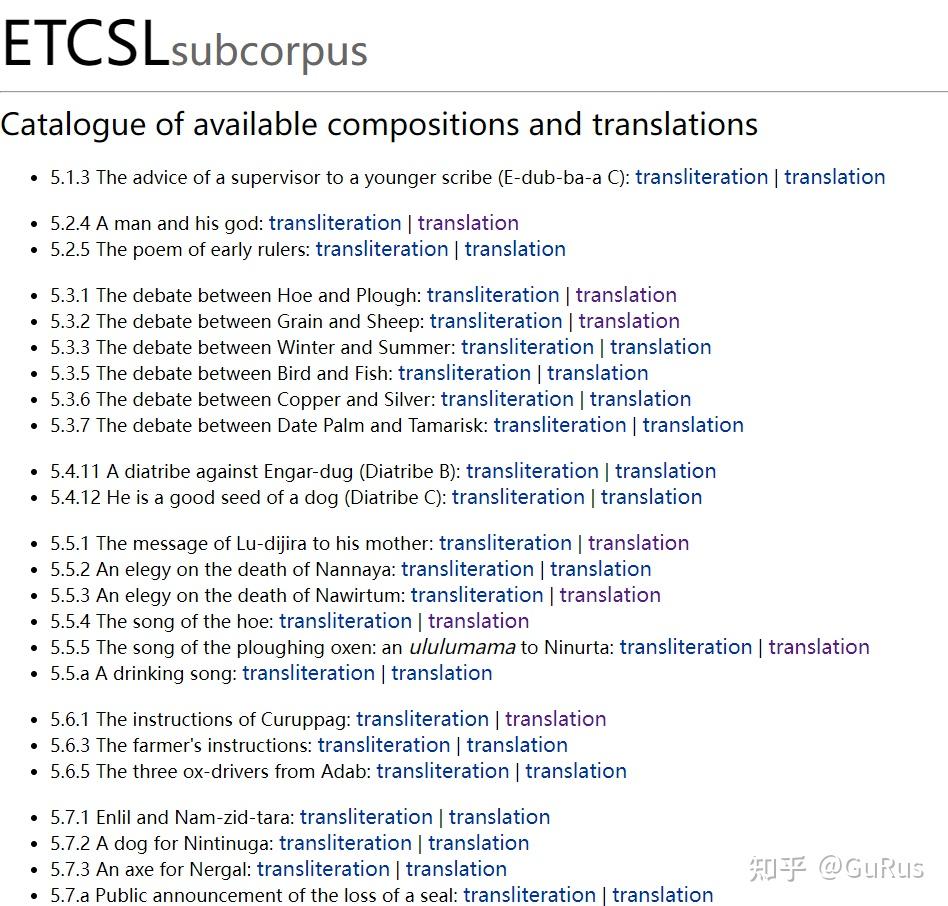
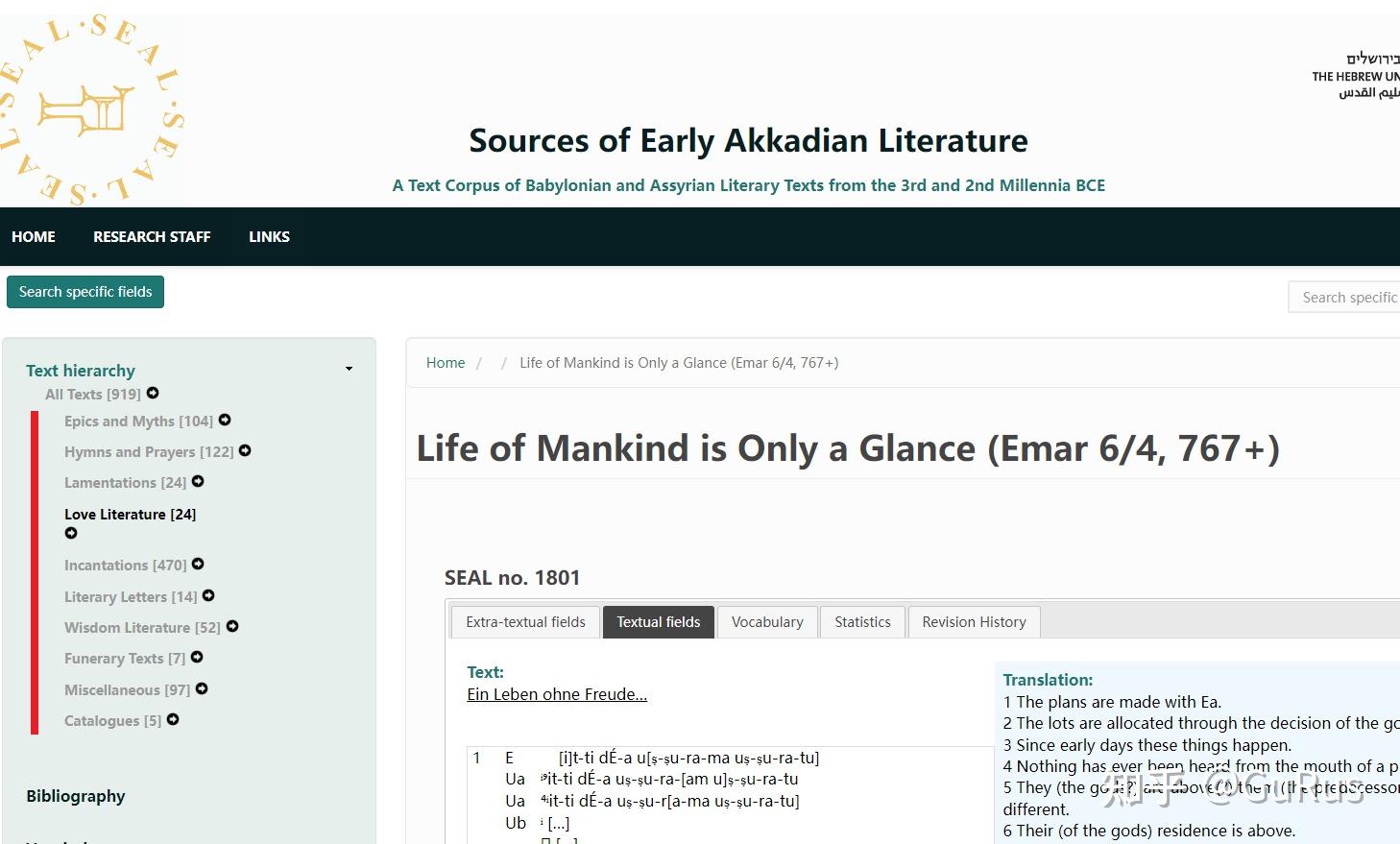
海量的典籍?著作?不知道,不感兴趣就算了,写个“没有”??不知道等于不存在?
用不用这么经典?
————————————————————————————
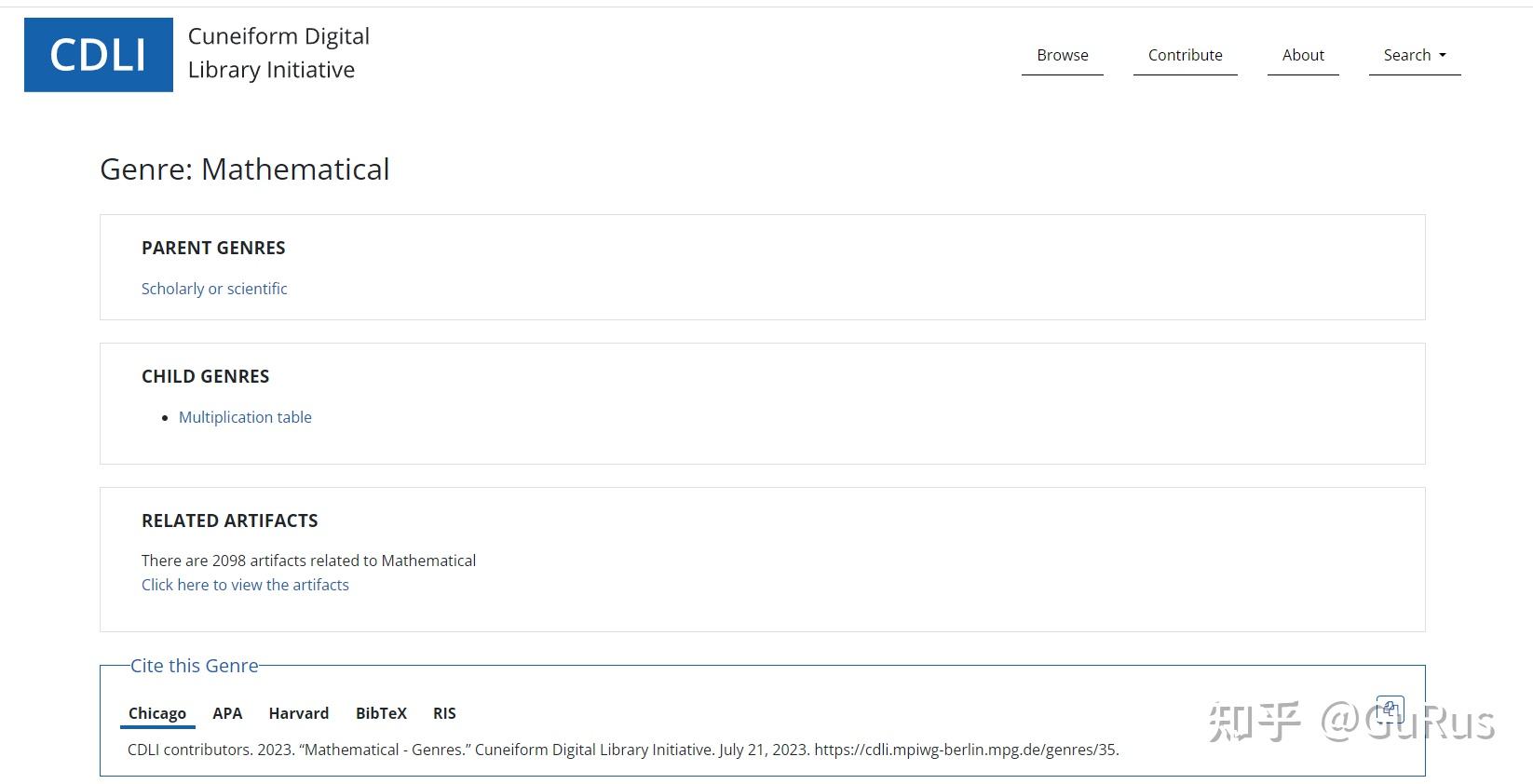
数学物理著作?
CDLI上,少说摆着两千份零碎、或不同程度的数学文本在那里。
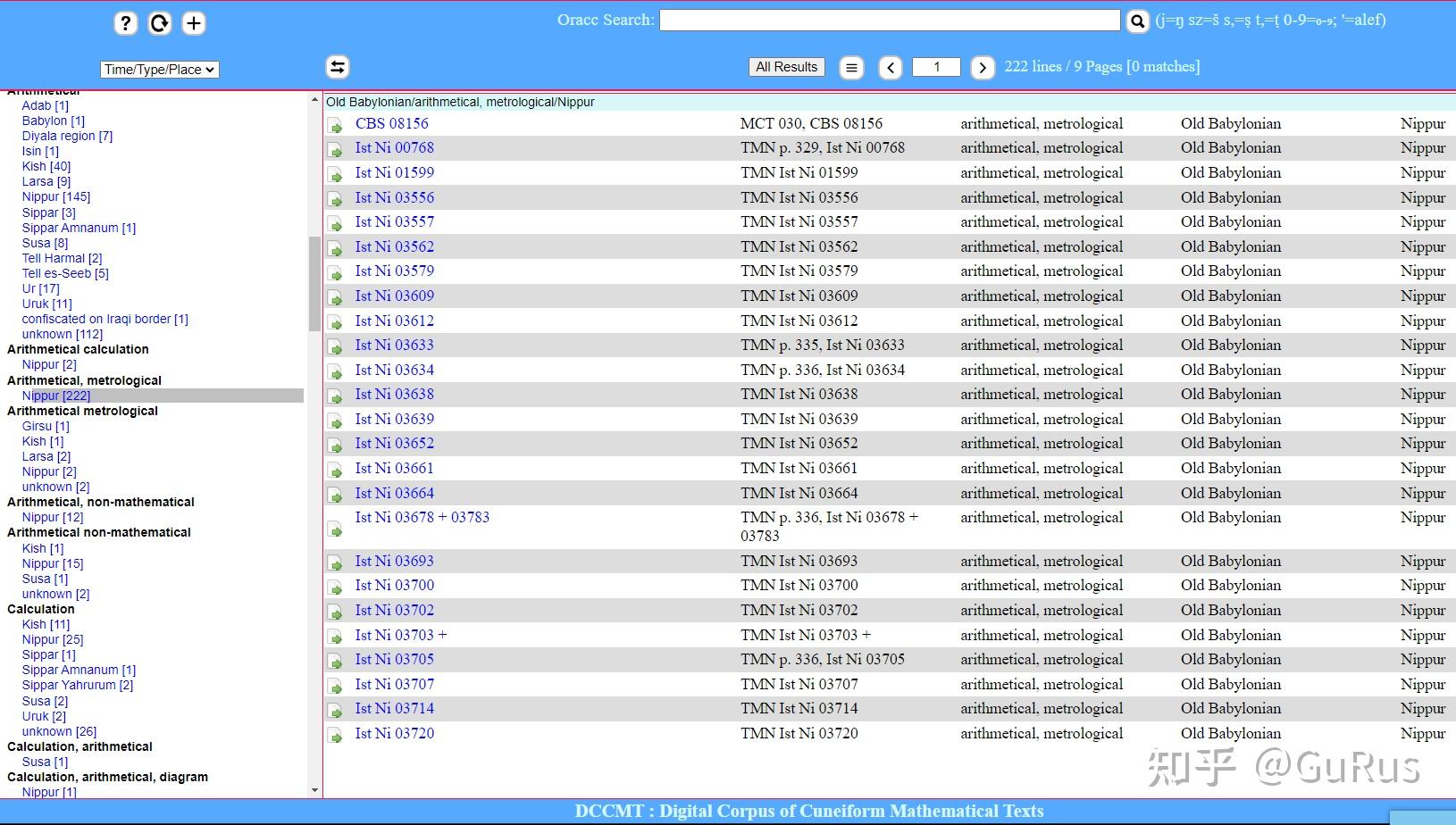
DCCMT也有1400多份,不过这显然计入CDLI两千多份当中。
————————————————————————————
诸子百家?这样吧,搜一下Sîn-lēqi-unninni,记得问一下他,他是从哪里,哪时期,哪位作者文本中,抄来的内容?为何他不将抄来的内容,写出来源和作者名字?
纯粹的自私?————可能吧。
另一种可能:前面时期作者“不会骚包显摆署自己名字上去”,作品最后赞美某某神灵,意在归于该神名下。这是不是当时文人价值观?(事实上,新亚述时期编撰复抄Sîn-lēqi-unninni作品的书吏们,还真没骚包显摆,将作品归到自己名下)
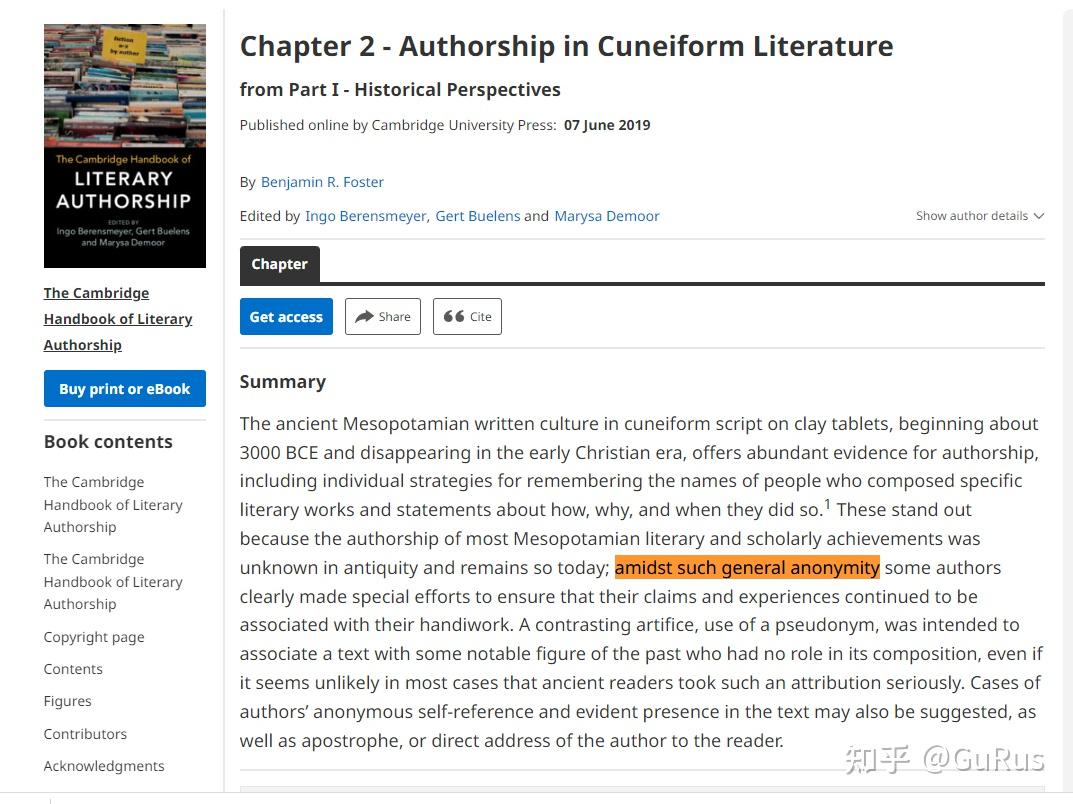
古代两河流域文人们,大部分普遍匿名。
According to Babylonian tradition the [Epic of Gilgamesh] was the work of a certain Sîn-lēqi-unninni, a scholar from Uruk who was believed to have been a contemporary of Gilgamesh himself. However, Sîn-lēqi-unninni bears a name of a kind not found before the second millennium, so the tradition clearly preserved an anachronism. Instead, there is little doubt that Sîn-lēqi-unninni’s name was associated with the epic because he was the man who gave it its final, fixed form. Sîn-lēqi-unninni is thus one of the earliest editors in recorded history. From a comparison of the standard version of the first millennium with the older fragments we know that the person responsible for the standard version remodeled the poem. He provided it with a new prologue and recast the story to emphasize the theme of wisdom gained through suffering. Probably he was responsible for interpolating a version of the flood story, adapted from the old poem of Atra-hasis, and for appending to the epic as Tablet XII the rump of one of the Sumerian poems of Bilgames in an Akkadian prose translation. He left his mark also on the prosody, reducing variation in parallel and similar passages by combining their lines and repeating them verbatim to produce a text characterized by long sections of repetition where older versions had none. For this he often stands accused of damaging the poem’s literary qualities, but at the same time it can be argued that he introduced a profundity of thought that was probably lacking in the older versions.
Though the editorship of Sîn-lēqi-unninni probably changed the poem so radically that it is no wonder the Babylonians later named him as its author, it is clear from the multiple versions of the second millennium and from the existence of textual variants in the standard version of the first millennium, that he was not the only individual to leave his mark on the written epic. However, we know nothing of these others.
George, Andrew (2008) ‘Shattered tablets and tangled threads: Editing Gilgamesh, then and now.’ Aramazd. Armenian Journal of Near Eastern Studies, 3 (1). pp. 11-12.
自然,Sîn-lēqi-unninni,题主不感兴趣,当不存在也无妨。
Berossus,著有《巴比伦尼亚志》,原书早已失佚,流传下来的内容由亚历山大·波利希斯托尔总结。
占星家:
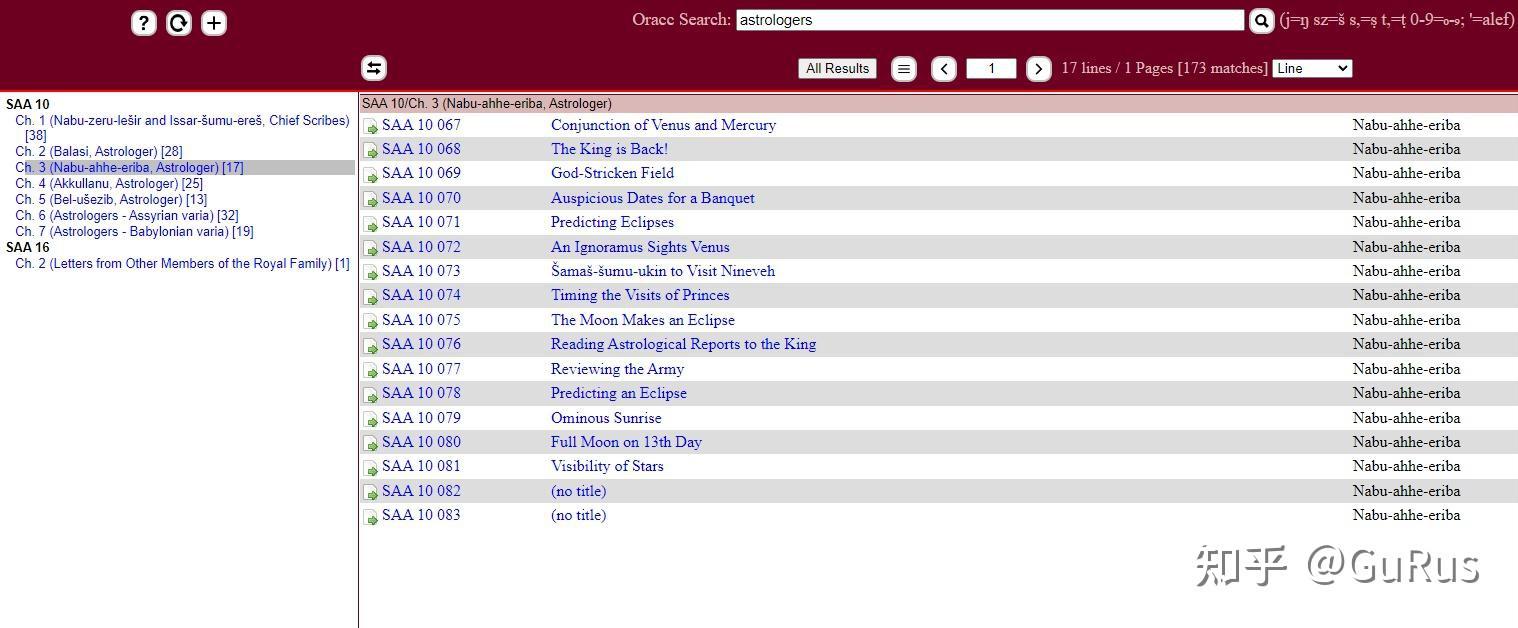
留意哦,别人署名的哦。
医学家:
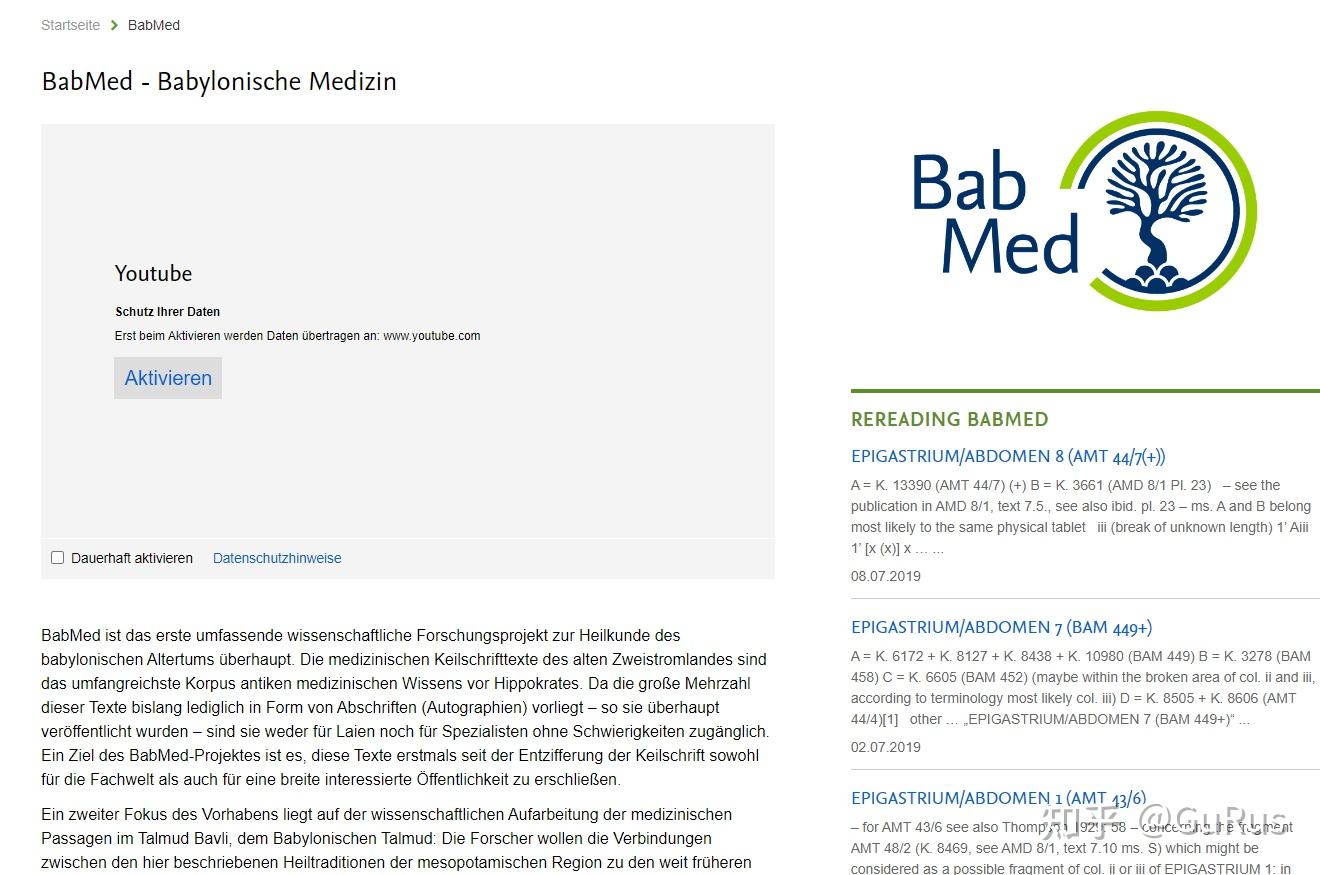
不过大多匿名。